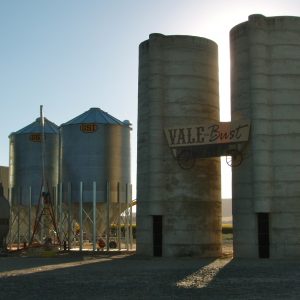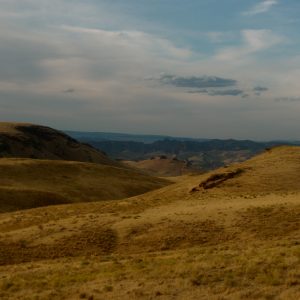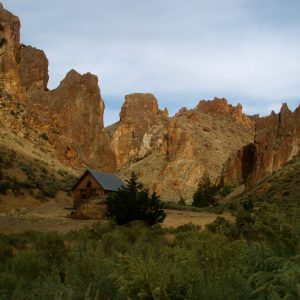It wasn’t until I brought a friend from home out into the field with me that I realized how much I have learned over the past few months. “Wow, you know a whole lot about an area that seems to be a whole lot of nothing” he said. Though I was a little offended by the comment, thinking back, I remembered similar thoughts at my first glances of the Vale district. How wrong I was. Over time the “whole lot of nothing” has become an incredible, diverse land of not only plants but of rock, animals, water, and people.

Plants. The plants are why I wanted this job. I wanted to learn more about them and about plant conservation. Over the last few months, I have not only learned about plant development, pollination strategies, seed development, and geobotany, I have seen it all in action. I have seen Sidalcea oregano grow, flower, and go to seed within two weeks. I know that on exposed, rocky slopes I can probably find Lewisia rediviva, if I get there early enough in the year. I have discovered that the easiest way to identify a Mentzelia is to stick it to my clothes, and to never wear my favorite clothes to collect it. Having an amazing mentor and a plant nerd co-worker was like having two encyclopedias constantly on hand, without having to carry them around. Four months of collecting, dissecting, pressing, and identifying plants has allowed me to not only learn about them, but to understand them to a far greater extent than I thought possible in such a short time.

Rocks. At the beginning, the sagebrush desert of the Vale district seemed to roll on in one continuous, unchanging landscape. Its vast openness seemed almost overwhelming. As we looked for plants in open fields, narrow canyons and atop mountains (to me incredibly large hills), I discovered how differed the landscape really is when you just take the time to look at it. The majority of Vale’s epic landscape was created about 15 million years ago when liquid basalt flooded the area during a period of significant volcanic activity. Over time this basalt has cracked, withered and been buried by sediment, soil and plants. Now, these elements come together to create some of the most amazing landscapes I have ever seen. From the vast valleys to the base-ball sized thunder eggs locals eagerly collect, Eastern Oregon is a geologist’s wonderland.

The Owyhee Reservoir
Animals. I never thought so many animals could survive in the desert. A few of my most memorable encounters have been with rattlesnakes, herds of over 50 elk, coyotes, and wild horses. Wild horses are a key concern for the Vale district. Though many believe wild horse populations in the West are in danger, those individuals who dedicate their lives to their protection and management would certainly disagree. In Oregon, herd numbers on average increase by twenty percent annually. To manage these growing populations, the Vale BLM gathers herds and makes young horses available to the public for adoption.
Water. Though at first the land seemed barren and dry, over time I have explored the countless springs, streams, reservoirs, and rivers of the Vale district. From the smallest seep to the massive Owyhee River, water in the desert allows for unique micro-habitats to exist for plants and animals. Many of these water bodies are continuously being degraded by livestock or being channeled away from their natural paths for irrigation. Once again, water and its management is one of the key challenges of the BLM’s multiple-use management plan.
People. The people I have met at the Vale BLM are passionate and caring. They care about the land, the animals, and the people in the area. Over the months I have sat through some of the greatest lessons I have ever heard while riding in the passenger’s seat of the rig or sitting on my pack in the field. What I have learned this summer at the Vale BLM I could have never learned from a textbook or lecture.

The Oregon Outback








